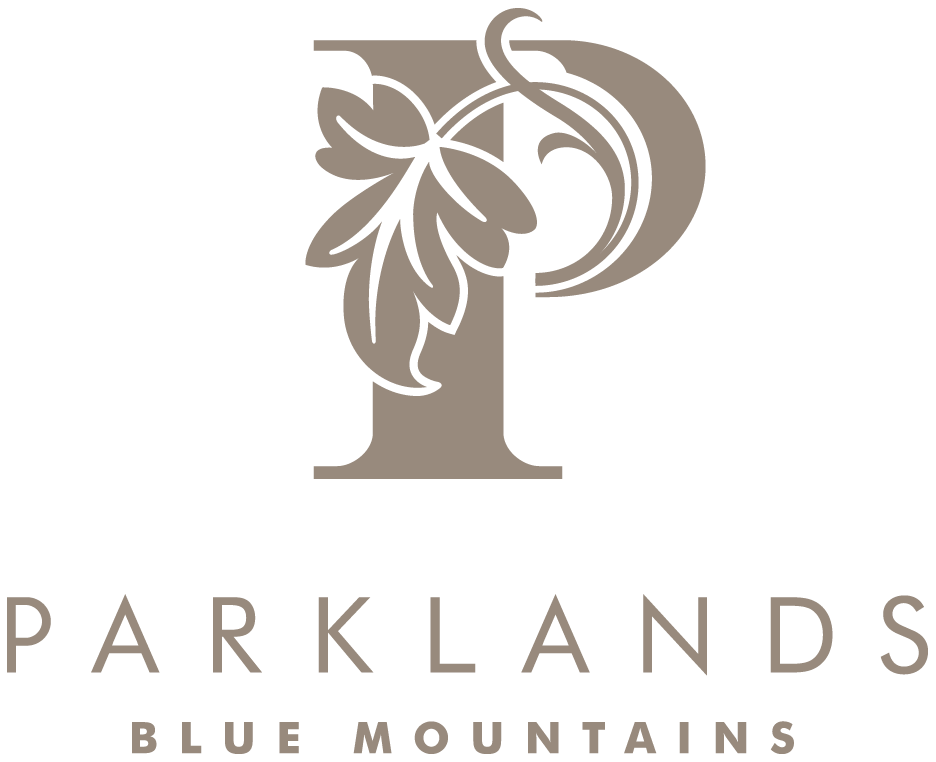Established by John Pope, a passionate gardener and influential businessman from Sydney's renowned Farmers department store, the Parklands gardens bear witness to the rich tapestry of history in Blackheath. Purchasing 12 acres in 1880, Pope expanded his estate, Karaweera, to 22 acres, complete with a magnificent brick home, verdant gardens, and a suite of agricultural facilities. Under the stewardship of skilled gardener Thomas Kerslake, the gardens flourished with fruit orchards, sprawling vegetable patches, and scenic fish ponds. As the estate transitioned hands, from Parke Pope's love for golf to its transformation into the luxurious Parklands Country Gardens and Lodges, the legacy of meticulous landscaping and commitment to sustainability remains evident.







